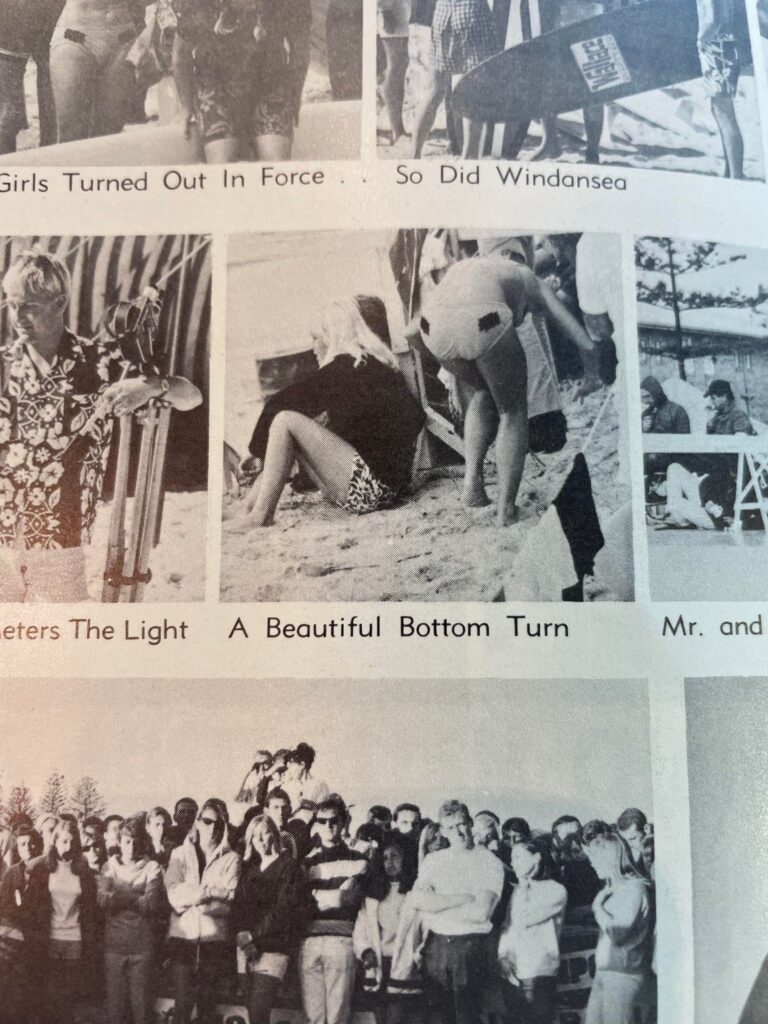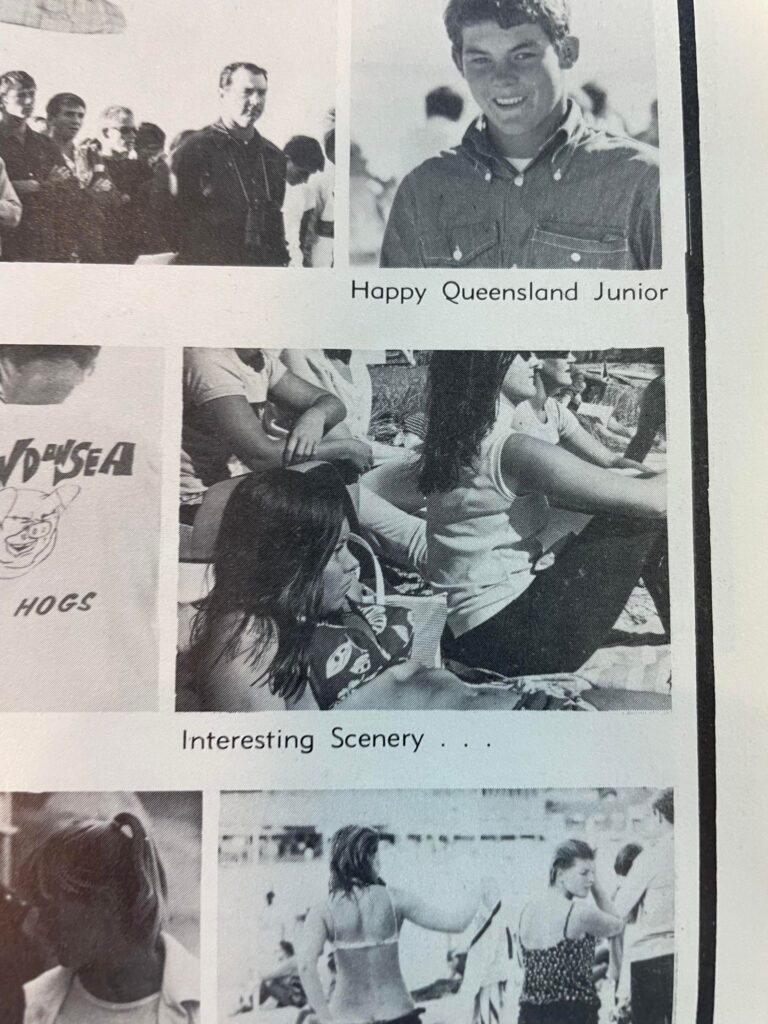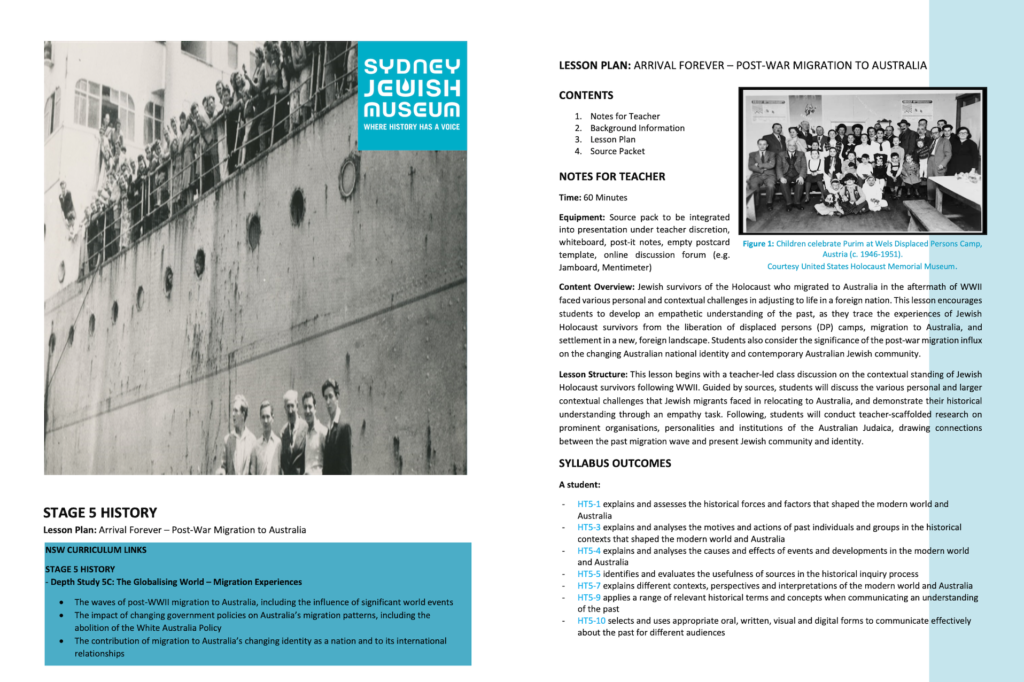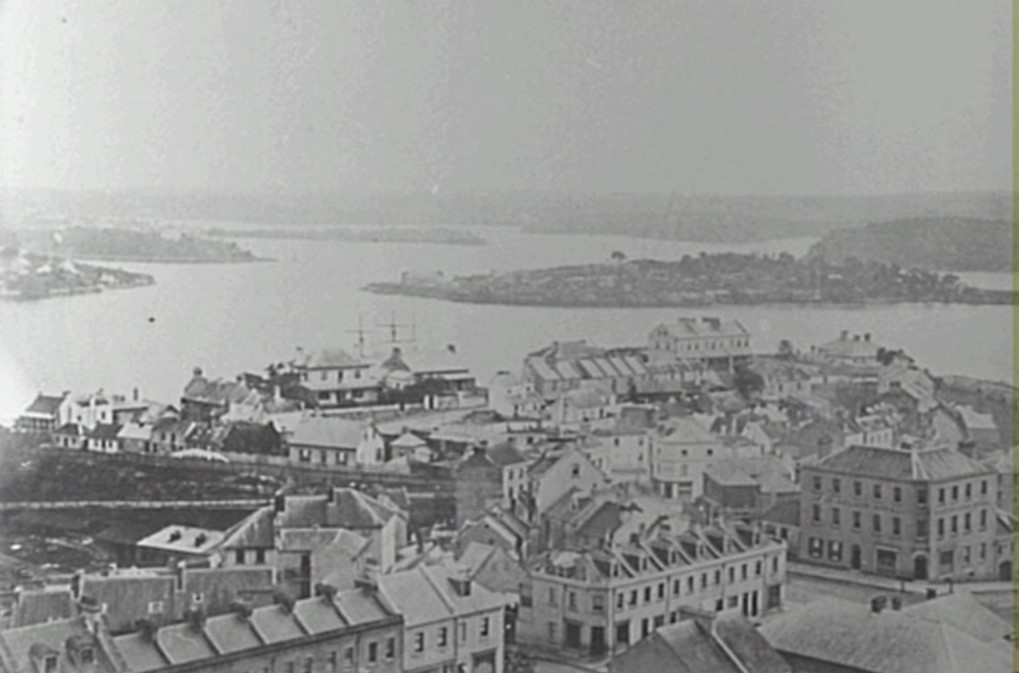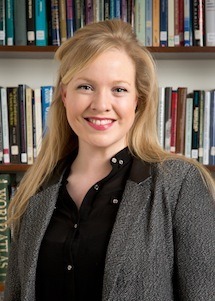In 2022 Thredbo Alpine Club turns sixty-five. To mark the occasion, the club’s directors agreed that my project for this semester should aim to highlight some of the club’s significant moments from its inception in 1957 to the present. My finished project involves the building of a webpage on the club’s website where viewers will find a timeline, a “Memory Box” and a photo gallery.

When I began the project, it became apparent that while some efforts had previously been made at compiling a history of TAC, the club’s story remains largely unknown to the membership. However, given that the club’s story is also the collective stories of its members, I have tried to make the project both collaborative as well as always remaining a kind of work in progress.
To achieve this, the timeline is intended to create a kind of story scaffold where my work becomes just the beginning. Further contributions can be easily added over time to deepen the story or to add other layers and perspectives. Part of the challenge is to encourage members to participate in the project to make it truly collaborative. This is the function of the “Memory Box” where I have invited them to share their stories – something I think is quite novel and I hope will inspire members to help build the community story and at the same time help them to think about the part they play in that community and perhaps even strengthen the ties they feel to the club.

I have been very fortunate that by and large the club’s record keeping has been quite thorough. As a result, the internal records of the organisation, have been a rich source of information for the timeline. I have had access to minutes of directors’ meetings, minutes of general meetings and financial statements spanning the life of the club, as well as newsletters from about the mid 1980s onwards.
In addition, I have been able to contact members and have gained valuable insights on historical events from their recollections. I have found some additional contextual information in publications such as The Australian Ski Year Book, as well as news items from local newspapers that are searchable on Trove. Finally, I have also made use of three general histories of Thredbo written by Jim Darby, Chas Keys and Geoffrey Hughes respectively.
The question at the heart of my project has been “How has Thredbo Alpine Club evolved over the past sixty-five years?” In response, I chose to focus on two main themes in the life of TAC: the evolution of the lodge building itself and the club’s involvement in ski competition. These I have tried to situate within the context of the development of Thredbo as a ski resort to illustrate how the Australian ski experience has changed over time.
Against the background of evolution and change in the physical shape of the club I juxtapose the enduring constants that hold the club together. To illustrate this constancy of club ethos, I have highlighted some of the “Faces of TAC”, just a few of those people who have made significant voluntary contributions to club life over the years.
Ultimately my argument is that while the club has changed with the passing of time so much has remained the same. The simple fact of sixty-five years of successful operations under a purely voluntary committee is itself an achievement, let alone contemplating the complexity of some of the projects undertaken by the club over the years. These are people bonded by a shared vision, just as the club’s founders were. It seems this ethos at the very least remains unchanged.



